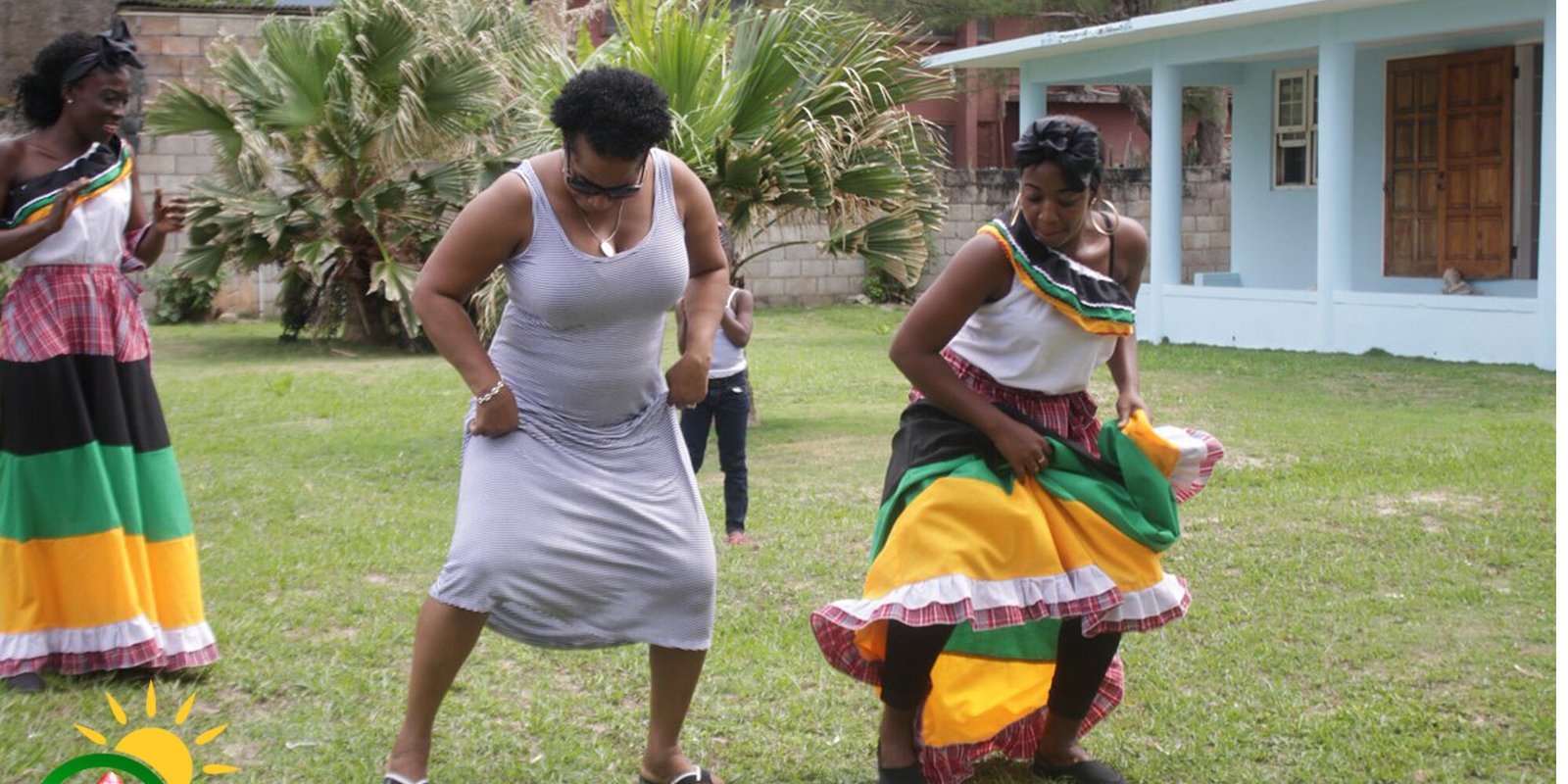The Art of Jamaican Dancehall Music and Culture
Dancehall, a vibrant and pulsating genre of music, is deeply rooted in Jamaican culture. Emerging from the late 1970s, dancehall is more than just a musical style; it embodies a unique lifestyle, language, and cultural expression that has captivated audiences globally. This article explores the art of Jamaican dancehall music and culture, delving into its origins, evolution, and the social dynamics that make it a powerful force in both local and global contexts.
Origins of Dancehall Music
Dancehall music originated in Kingston, Jamaica, during the late 1970s. It emerged as a more stripped-down and raw form of reggae, characterized by a faster beat and a heavier bassline. The term “dancehall” refers to the spaces where popular Jamaican recordings were played by local sound systems, a tradition that dates back to the 1950s. These “dance halls” were often outdoor venues or clubs where people gathered to dance, socialize, and enjoy music.
Unlike its predecessor reggae, which was deeply associated with Rastafarianism and a slower, more contemplative rhythm, dancehall quickly became known for its upbeat tempo and provocative lyrics. Early pioneers like Yellowman, Eek-A-Mouse, and Barrington Levy helped to shape the genre’s sound with their unique vocal styles and lyrical content, often focusing on themes of love, social issues, and life in the ghetto.
Evolution of Dancehall: From Roots to Digital Era
Dancehall music has evolved significantly since its inception, mirroring the technological and cultural shifts within Jamaica and beyond. In its early days, the genre relied heavily on live instrumentation. However, with the advent of digital technology in the mid-1980s, dancehall underwent a significant transformation. Producers began using drum machines, synthesizers, and samplers, leading to the creation of the “riddim” — a rhythmic instrumental track that multiple artists could use to create different songs. The “Sleng Teng” riddim, produced by King Jammy in 1985, is often cited as the first fully computerized rhythm in reggae music and marked the beginning of the digital dancehall era.
The digitalization of dancehall not only changed the sound but also democratized music production in Jamaica. Artists and producers no longer needed access to expensive studios; they could now produce tracks in makeshift home studios. This shift led to an explosion of new talent, with artists like Shabba Ranks, Beenie Man, Bounty Killer, and Buju Banton rising to prominence in the 1990s, bringing dancehall to international audiences.
The Cultural Significance of Dancehall
Dancehall is much more than just a genre of music; it is a cultural phenomenon that reflects the social, economic, and political realities of Jamaica. At its core, dancehall is a form of storytelling and social commentary. The lyrics often address themes such as poverty, violence, love, sexuality, and the complexities of urban life. Through their music, dancehall artists provide a voice for the marginalized and the disenfranchised, using their lyrics to comment on social injustices, celebrate everyday struggles, and articulate aspirations.
Dancehall culture is also known for its unique fashion, dance moves, and language. The genre has created its own lexicon, with phrases and slang that have permeated everyday Jamaican speech and even influenced international vernacular. Dancehall fashion is characterized by bold, vibrant clothing, often reflecting a sense of defiance and self-expression. Dancehall dances, like the “Dutty Wine,” “Bogle,” and “Pon de River,” have become iconic, often reflecting the sensuality and dynamism of the music itself.
Dancehall and Controversy: Themes and Tensions
Despite its popularity, dancehall has often been the subject of controversy, both within Jamaica and internationally. Critics argue that some dancehall lyrics promote violence, misogyny, and homophobia. Songs that glorify “gunman culture” or use derogatory language toward women and LGBTQ+ individuals have sparked debates about censorship and the social responsibility of artists.
However, proponents of dancehall argue that the genre merely reflects the realities of Jamaican society and provides a platform for artists to express their truths. They contend that dancehall should not be judged by Western standards but understood within its cultural and historical context. Moreover, many artists use their music to advocate for social change and empowerment, addressing issues such as police brutality, systemic inequality, and political corruption.
Global Influence and Adaptation
Over the decades, dancehall music has transcended Jamaican borders, influencing numerous musical genres worldwide, including hip-hop, reggaeton, Afrobeats, and electronic dance music (EDM). Dancehall’s infectious rhythms and compelling beats have found their way into mainstream pop music, with artists like Rihanna, Drake, and Major Lazer incorporating dancehall elements into their work. This cross-pollination of sounds has led to a broader appreciation of dancehall music and culture on a global scale.
Furthermore, dancehall’s global influence is evident in its ability to adapt and merge with other musical styles, creating new hybrid forms. The genre has inspired numerous artists in Africa, Latin America, and Asia, who have adopted and adapted dancehall to reflect their local cultures and experiences. This global diffusion has contributed to dancehall’s evolution, keeping it relevant and vibrant.
Dancehall in the Digital Age
The rise of social media and digital platforms has significantly impacted the dissemination and consumption of dancehall music. Platforms like YouTube, Instagram, and TikTok have provided new avenues for artists to reach global audiences, bypassing traditional gatekeepers such as record labels and radio stations. Dancehall has become a global movement, with dance challenges, music videos, and remixes going viral and generating millions of views and streams.
This digital age has also fostered greater collaboration between Jamaican artists and international musicians, further cementing dancehall’s status as a global cultural force. However, this increased visibility has also led to discussions about cultural appropriation and the commercialization of dancehall music. While some argue that this global exposure benefits Jamaican artists, others are concerned that the genre’s roots and cultural significance are being diluted in the process.
The Future of Dancehall
As dancehall continues to evolve, its future appears bright and full of possibilities. The genre remains a vibrant and dynamic force within Jamaican culture and on the global music stage. Emerging artists like Popcaan, Spice, Koffee, and Shenseea are pushing the boundaries of dancehall, blending it with other genres and reaching new audiences. These artists are not only preserving the essence of dancehall but also redefining it for new generations.
Moreover, the genre’s continued evolution suggests that dancehall will remain a crucial medium for artistic expression and cultural dialogue. As it adapts to new technological advancements and responds to changing social dynamics, dancehall will likely continue to shape and be shaped by the communities that embrace it.
Conclusion
Dancehall music and culture are integral parts of Jamaican identity, offering a powerful means of self-expression and social commentary. From its roots in Kingston’s dance halls to its influence on global music and culture, dancehall has evolved and adapted, maintaining its relevance and appeal. Despite the controversies and challenges it faces, dancehall remains a dynamic and influential art form that reflects the resilience, creativity, and spirit of the Jamaican people. As the genre continues to grow and reach new heights, it is clear that the art of dancehall is far from static; it is a living, breathing testament to the enduring power of music and culture.









